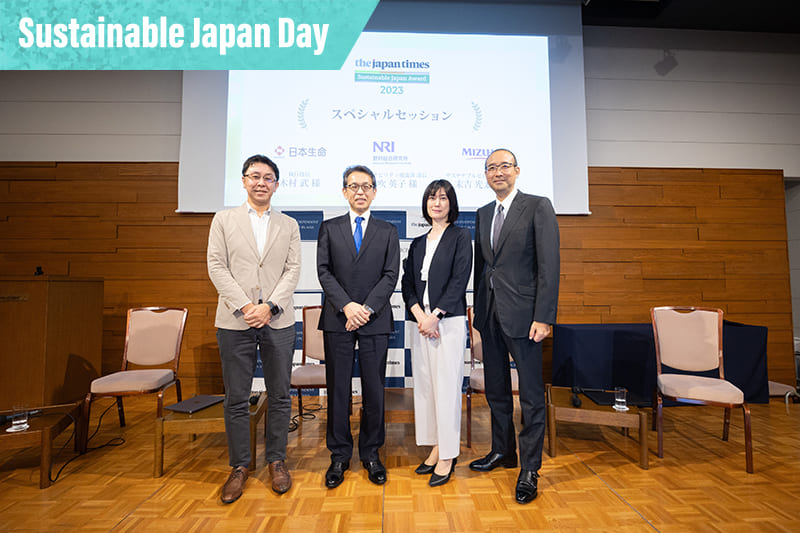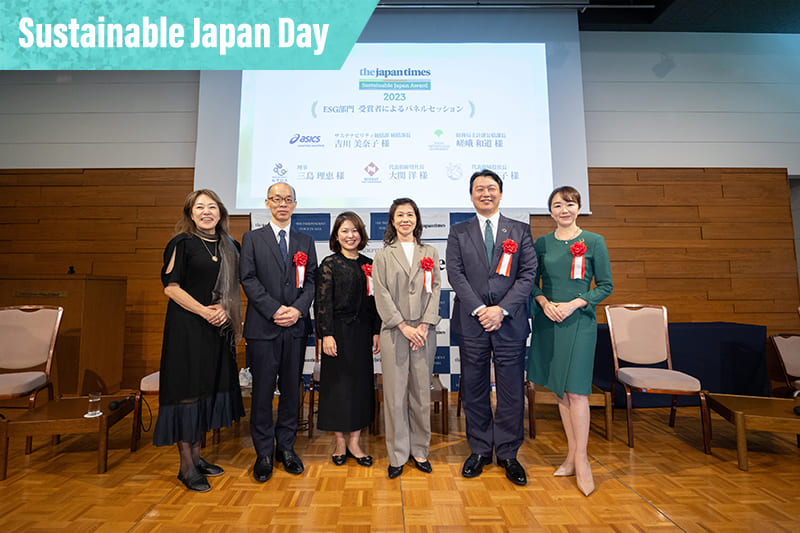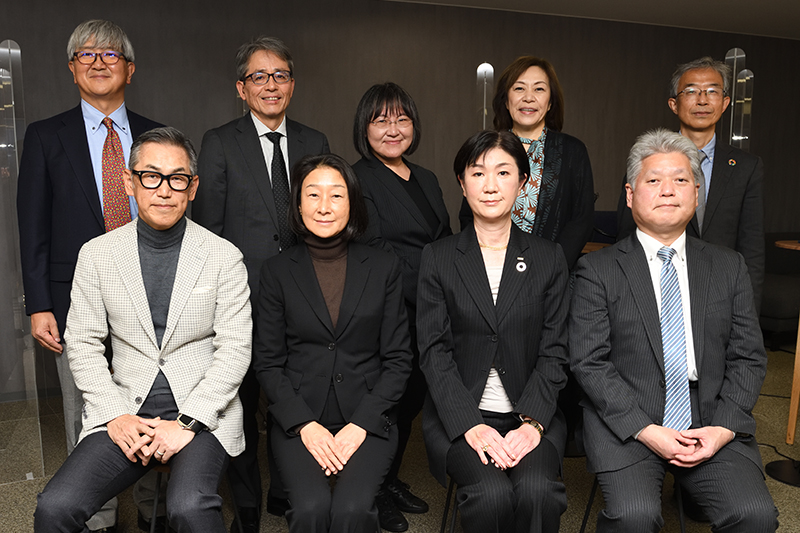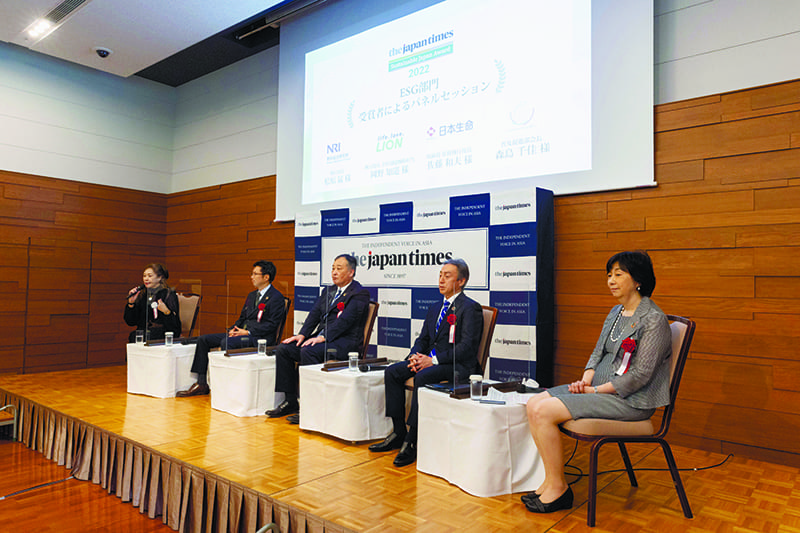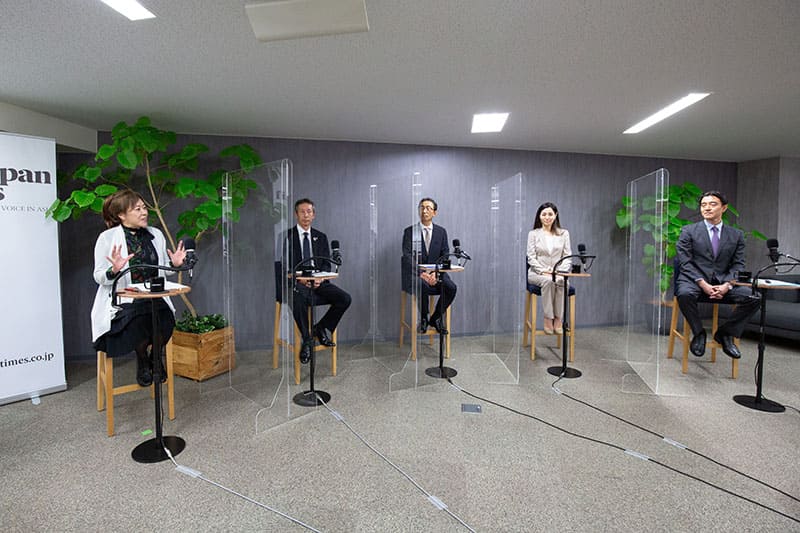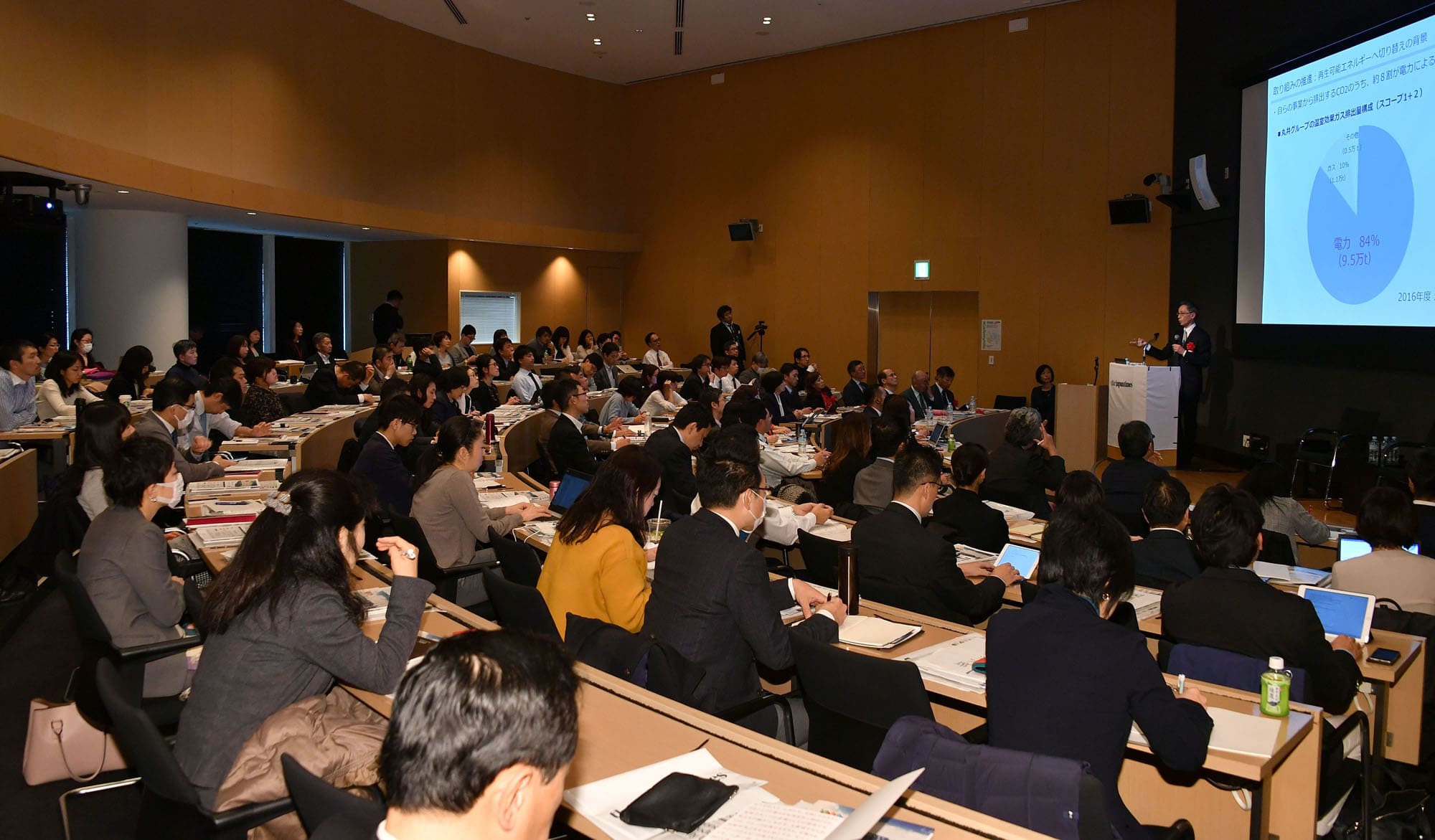March 04, 2018
Innovative sustainability new front line

Why are corporate giants such as Unilever, Walmart or Nike aggressively pursuing green business and sustainable corporate practices? Why have eco-cars, very much pioneered by the Toyota Prius, become the new battlefield for automotive manufacturers? And, why have we seen old, first world companies, such as the German chemical conglomerate BASF, or French dairy company Danone, build alliances with new developing nations’ social businesses, such as the Grameen Group in Bangladesh? The answer to all three questions is that green innovation and the pursuit of sustainability have, together, become a new front line of competition for corporations in today’s marketplace.

In my view, the four decisive axes of competition — crucial to the survival and growth of large corporations in the latter half of the 20th century — were business model innovation, market share, pricing and quality (process and product quality). Of these, the fourth axis of competition, product and process quality, clearly became the key frontier of competitive differentiation from the late 1960s and beyond. Japanese manufacturers took the lead in perfecting this with kaizen (continuous improvement) management, while American corporations such as Motorola and General Electric aimed to catch up through “Six Sigma” quality management initiatives. It is a well-known story that Nike was born out of founder Phil Knight’s fascination with the low cost and high quality of Onitsuka Tiger running shoes during a backpacking trip to Japan in the 1960s. Quality was the front line of global competition for decades.
There is, however, a fifth and rapidly emerging axis of competition that can no longer be ignored. Green innovation and the pursuit of corporate sustainability is, increasingly, becoming the fault line of success and failure in the marketplace today. The U.N.-led Sustainable Development Goals launched in 2015, the Paris climate accord concluded the same year, and the recent focus on ESG investment (investment based on environmental, social and governance criteria) in the financial world are all helping to accelerate this development.
Based on my experience of working with more than 100 Japanese corporations in the last two decades, I believe Japan Inc. faces two key challenges here. One is that, generally speaking, the mindset of most middle managers is neither truly global nor focused on the medium to long-term future. The second is that a highly conservative and risk-averse corporate culture does not provide staff with a license to innovate in the social and environmental fields, if at all. These two factors add up to a significant handicap when it comes to engaging globally on the new front line of competition — how to innovate for sustainability in such a way that it also reflects back positively on the corporate bottom line.
Of course, there are many excellent examples of green innovation also in Japan. The very fact that the Prius stays at, or near, the top of sales rankings for passenger cars in Japan, and in the early 2000s ignited eco-car innovation globally, is a testament to this. Nissan later followed and, together with Californian automotive venture Tesla, has helped open up new frontiers in the race to electrify the automobile. But in too many Japanese multinationals, the innovations tend to be incremental and not truly game changing. Only very rarely are Japanese corporations brought forth as shining new examples of leadership in social or environmental business practices.
As the world moves toward 10 billion people in 2050 — the latest U.N. projections point at 9.77 billion — the new axis of competition will become ever more prominent and crucial in global business. I would strongly urge business leaders in large Japanese companies to do three things. First, think back from around 2030 to pursue what kind of innovation for sustainability your company could pursue. Second, take leadership and set new benchmarks in this field. Only through leadership in the marketplace can competitive advantage be achieved. Finally, do, by all means, give your young staff (below the age of 40) a wider and deeper license to innovate. They can and they have the desire to help create a sustainable future that is also good for business.
This series highlights ESG (environmental, social and governance) activities of companies and other organizations. For more information, see www.japantimes.co.jp/consortium/esg .

